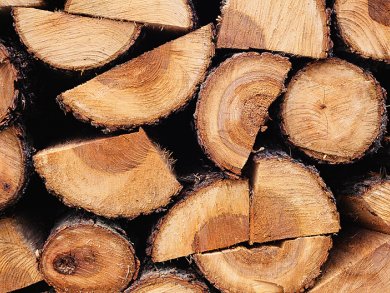Pyrolysis oils are made from waste wood, agricultural waste and non-food energy crop. They are used to produce high-value materials ranging from solvents and detergents to plastics and fibers. They are the cheapest of the liquid fuels, derived from biomass, that are available today.
George Huber and co-workers, University of Massachusetts Amherst, USA, have developed a way to produce high-volume chemical feedstocks including benzene, toluene, xylenes and olefins from pyrolytic bio-oils.
They use a two-step, integrated catalytic approach starting with a tunable, variable-reaction hydrogenation stage followed by catalytic step with a zeolite which converts hydrogenated products into light olefins and aromatic hydrocarbons. The integrated catalytic can be tuned, through control of temperature and other reaction conditions, to produce a targeted distributions of olefins. This allows the products to be tuned to change with different market conditions.
- Renewable Chemical Commodity Feedstocks from Integrated Catalytic Processing of Pyrolysis Oils
T. P. Vispute, H. Zhang, A. Sanna, R. Xiao, G. W. Huber,
Science 2010, 330 (6008), 1222-1227.
DOI: 10.1126/science.1194218



